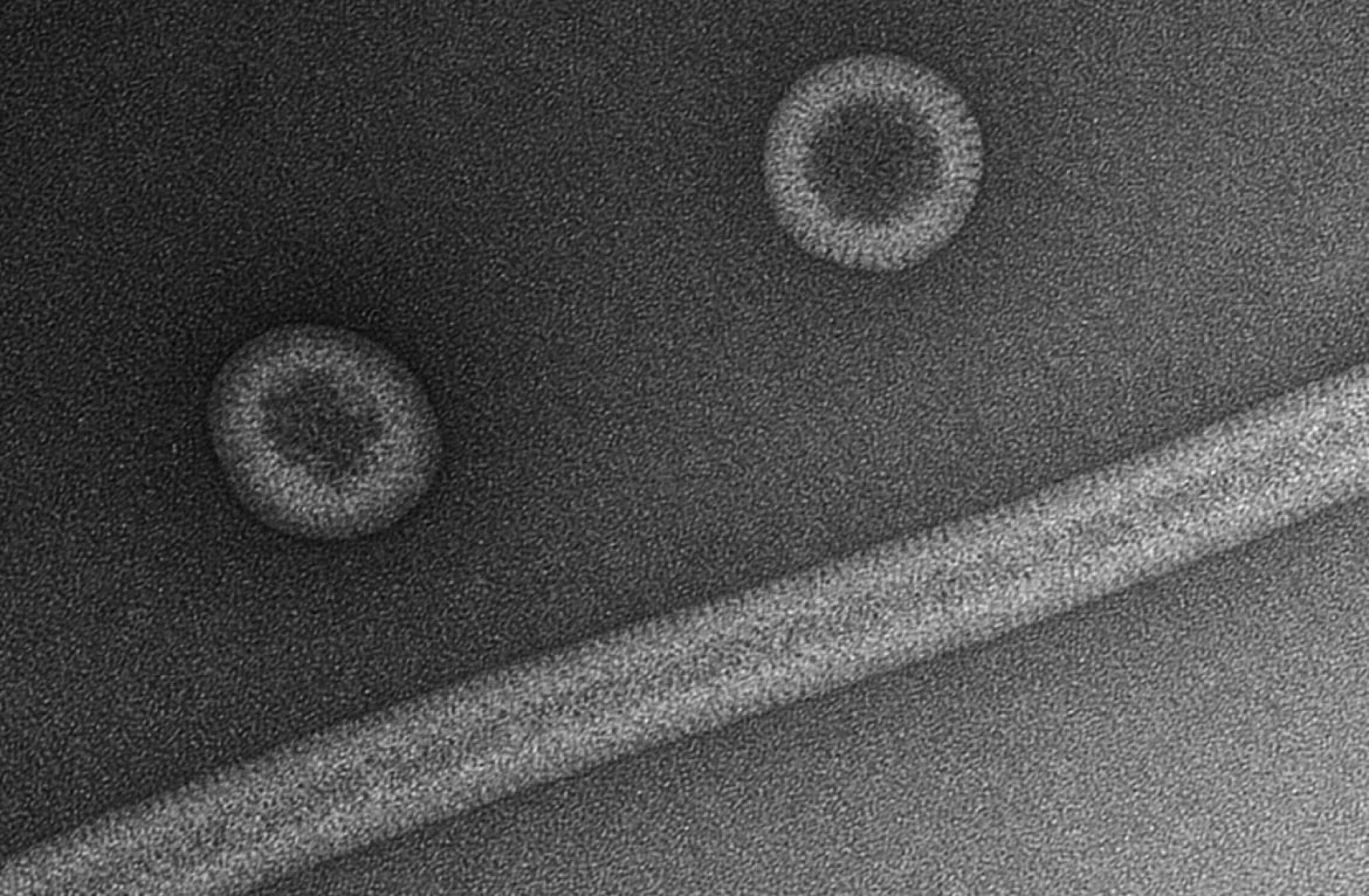Retroviruses
Inositol hexaphosphate (IP6)
With our expertise in retrovirus assembly and structure, we work to determine how to disrupt these elements with the goal of developing new antivirals. Previously, we demonstrated that the small cellular molecule IP6 is essential for the assembly and maturation of HIV-1, the causative agent of AIDS. This observation led to the development of new tools to study the assembly process. To this end, we are actively working with collaborators in the field of HIV biology to describe how compounds that inhibit HIV assembly, maturation, and infectivity specifically interact with and effectively kill the virus.
Endogenous retroviruses
Over evolutionary history, retroviruses have infected mammalian cells many times, and thereby have left copies of viral genes in the cellular genome. Of particular interest to us is how organisms have ‘domesticated’ what were originally viral proteins. By identifying and studying these endogenous retroviral proteins, we hope to learn how cells have come to use such proteins for their own functions.
Paramyxoviruses
We are applying many of the tools developed for the study of retrovirus structure and assembly to paramyxoviruses, including the emerging zoonotic virus, Nipah Virus (NiV). With a high mortality rate and transmissibility between animals and humans, NiV represents a virus of significant concern. We are working in a close collaboration with the lab of Dr. Hector Aquilar-Carreño (Department of Microbiology and Immunology, Cornell) to determine the structures and arrangement of NiV proteins in virus particles to better understand the mechanisms of a) virus assembly and release and b) virus-mediated fusion.
